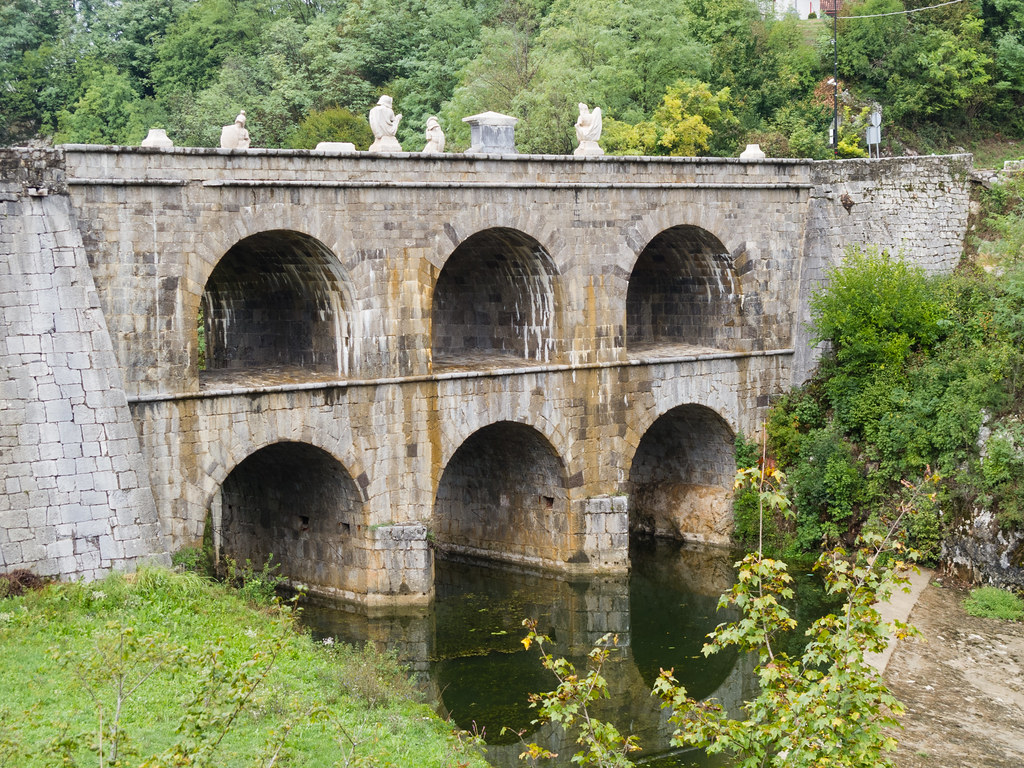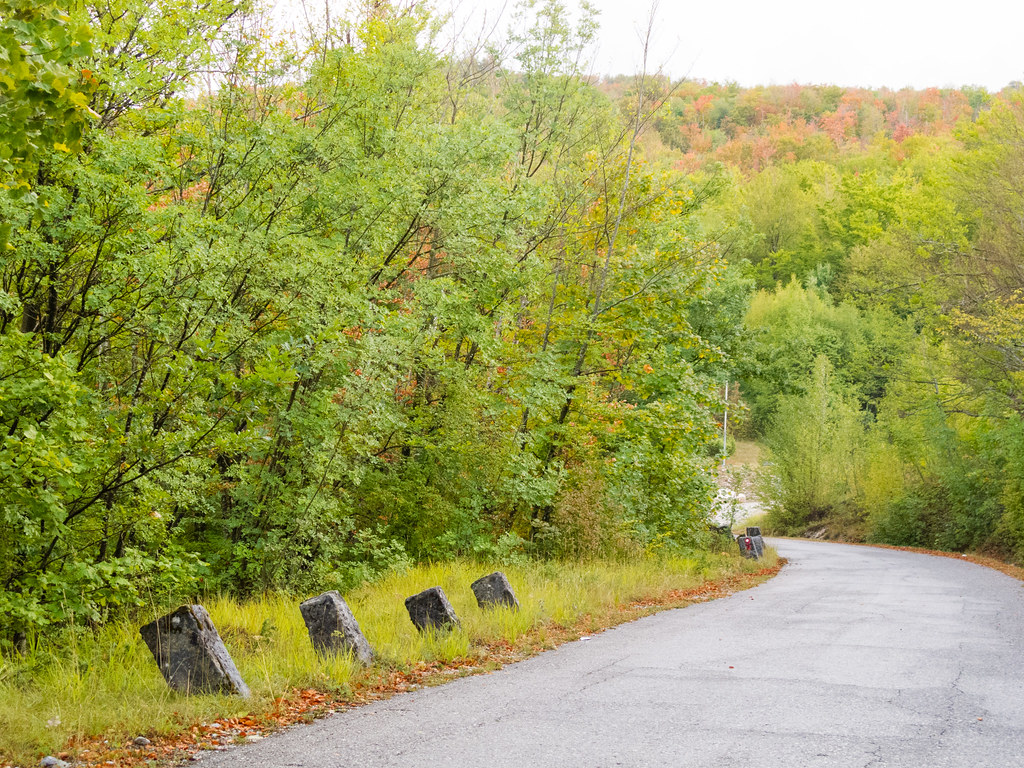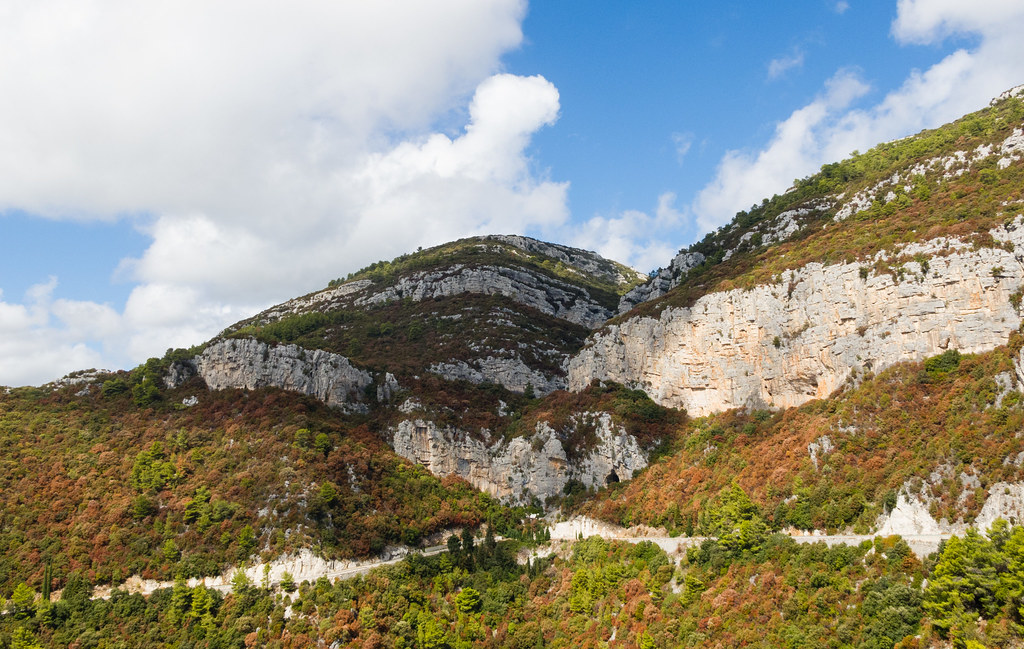With 9 days straight of riding, none of them easy, this was the physically most difficult bike tour I’d ever done, and maybe even harder than the Nepal uni tour. Croatia, like Nepal, has “Nepali flat” roads, all up and down, which makes touring a lot harder than it looks on paper; there’s no where to really make time. Also, the weather didn’t help; thunderstorms and headwinds can add hours to a ride.
I also found the tour intellectually difficult. I never really got comfortable with the culture, especially the dearth of food options outside of touristy areas. I met a number of friendly, helpful Croats who were interested in chatting, but those chats were also somewhat challenging. European countries have layers of history that Americans don’t usually have to grapple with. We don’t have bullet holes in our monuments or houses.
The relationship between tourism, development, and place was also a consistent theme of the trip. There are areas of Croatia which have succeeded in generating large amounts of economic activity via tourism, which accounts for 20% of the national economy. The places which aren’t touristy are often quite depressed, and the country has not fully recovered from the global economic crisis of 2009. So there are a few spots like Plitvice and Split where an overwhelming tourist economy is degrading the place, and others which are still seeing the effects of the war. Robbie thinks that Croats want to put the war behind them; “That was almost 30 years ago.” And treating sites of war crimes as tourist destinations would seem exploitive. But what else is the plan for making Croatia whole?
Technology is a double-edged sword. I was able to rapidly change plans and find routes and places to stay because I had my tech devices. And RideWithGPS is pretty good for way-finding. But it’s not great for way-finding, and it’s not as robust as a physical map. Finding physical maps that would be useful might not have been easy on this trip, but I definitely will try to have a paper backup in the future.
For myself, I learned that I need to be less goal-oriented. On the night ride over the pass to Posedarje, for example, it would have made more sense to find a place to stay on the east side and do the ride in the morning, but I was focused on the fact that I already had a reservation. Outside of the summer peak, getting to a town and finding somewhere would have been fine, and I would have gotten to enjoy the canyon instead of having to pick my way down the road in the dark.
I understand better now the appeal of having a full camping setup. At Posedarje and Plitvice, just being able to pull off into the forest and camp would have made for a nicer ride. But, it also would have made for more weight on the bike, at least 5 pounds for tent plus sleeping bag. And I probably would have had more mechanical issues if I had that much weight on the dirt roads I was riding; the bike wasn’t really a great trekking setup. But I may want to try the totally spontaneous guerrilla camping tour in the future.
I’d return to Croatia, both to better explore the amazing national parks, and to do a more leisurely bike tour of the islands. I figured out that you could do an itinerary like this that would work with the car ferries:
- Start in Zadar
- Ride Zadar->Šibenik->Split
- Ferry Split->Stari Grad
- Ride Stari Grad->Hvar
- Ride Hvar->Sućuraj
- Ferry Sućuraj->Drvenik
- Ride Drvenik->Ston->Orebić
- Ferry Orebić->Korčula
- Ride Korčula->Vela Luka
- Ferry Vela Luka->Split
Update (2024): A new catamaran ferry operator, the TP Line, allows bikes on all ferries, which would make Croatian island-hopping by bike much easier.
There’s also a newly opened rail-trail (the Ćiro) from Dubrovnik to Mostar that sounds fascinating.
Final ride stats: 708km, 10048m climbing.
On to the next adventure!




